info@visadirectimmigration.com
Introduction
In today’s dynamic and technology-driven business environment, software has become an indispensable tool for achieving operational efficiency and driving innovation. However, with the widespread adoption of diverse software applications comes the critical responsibility of managing software licenses. License auditing, often referred to as software license auditing, is a systematic process designed to ensure that an organisation’s use of software complies with the terms and conditions set forth by software vendors. This practice is essential not only for legal and financial compliance but also for optimising software usage, managing costs effectively, and mitigating security risks. As organisations grow and their IT environments become increasingly complex, the importance of robust license auditing processes cannot be overstated. This comprehensive introduction delves into the purpose, steps, and best practices of license auditing, providing a foundational understanding of how organisations can navigate the intricacies of software license management and maintain a compliant, efficient, and secure IT infrastructure.
Criteria for Effective License Auditing
Comprehensive Inventory:
- Coverage: Ensure that all software applications, including those installed on all devices and servers, are included in the inventory.
- Accuracy: Maintain up-to-date records of software versions, installation dates, and locations.
Detailed License Documentation:
- Completeness: Collect and document all software licenses, agreements, and purchase records.
- Accessibility: Ensure that license documentation is easily accessible and well-organized.
Usage Monitoring:
- Tracking: Implement tools to monitor software usage across the organization.
- Analysis: Regularly analyze usage data to identify trends, underutilized licenses, and potential compliance issues.
Compliance Verification:
- Alignment: Regularly verify that software usage aligns with the terms and conditions of the licensing agreements.
- Discrepancy Identification: Identify any discrepancies or non-compliance issues promptly.
Regular Audits:
- Frequency: Conduct audits at regular intervals to ensure ongoing compliance.
- Thoroughness: Ensure that audits are thorough and cover all aspects of software usage and licensing.
Remediation and Action Plans:
- Timely Corrections: Address any identified compliance issues promptly.
- Preventative Measures: Develop and implement action plans to prevent future non-compliance.
Employee Training and Awareness:
- Education: Provide training to employees on software licensing policies and compliance requirements.
- Awareness: Foster a culture of awareness regarding the importance of software license compliance.
Utilisation of SAM Tools:
- Automation: Use Software Asset Management (SAM) tools to automate inventory tracking, usage monitoring, and compliance verification.
- Integration: Ensure that SAM tools are integrated with other IT management systems for comprehensive oversight.
Vendor Communication:
- Relationships: Maintain open lines of communication with software vendors to stay informed about licensing changes and updates.
- Negotiation: Work with vendors to negotiate favorable licensing terms and resolve any disputes.
Internal Policies and Procedures:
- Documentation: Develop clear internal policies and procedures for software procurement, installation, and usage.
- Enforcement: Ensure that these policies are consistently enforced across the organization.
Purpose
- Ensures that the organisation is adhering to the software licensing agreements to avoid legal issues and penalties.
- Identifies underused or overused licenses, helping to manage and potentially reduce software costs.
- Helps in optimising the use of software licenses, ensuring that the right number of licenses are purchased and allocated correctly.
- Reduces the risk of running unauthorised or pirated software, which can pose security threats.
Best Practices for License Auditing
Automated Tools:
Use software asset management (SAM) tools to automate the discovery, tracking, and management of software licenses.
Centralised Management:
Centralise the management of software licenses to ensure consistency and accuracy in tracking and documentation.
Employee Training:
Educate employees about software licensing policies and the importance of compliance.
Vendor Communication:
Maintain open communication with software vendors to stay informed about licensing changes and updates.
Internal Policies:
Develop and enforce internal policies for software procurement, installation, and usage.
If you need any guidance or support in your Lisence auditing , contact us today.
Common Challenges
Complex Licensing Terms:
Understanding and interpreting complex software licensing agreements can be challenging.Distributed IT Environment:
Managing licenses in a distributed or decentralized IT environment requires comprehensive tools and processes.Untracked Installations:
Identifying all software installations, especially in large organizations, can be difficult.Changes in Licensing Models:
Keeping up with changes in software licensing models, such as the shift to subscription-based licensing, requires continuous monitoring and adaptation.









